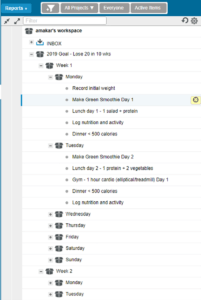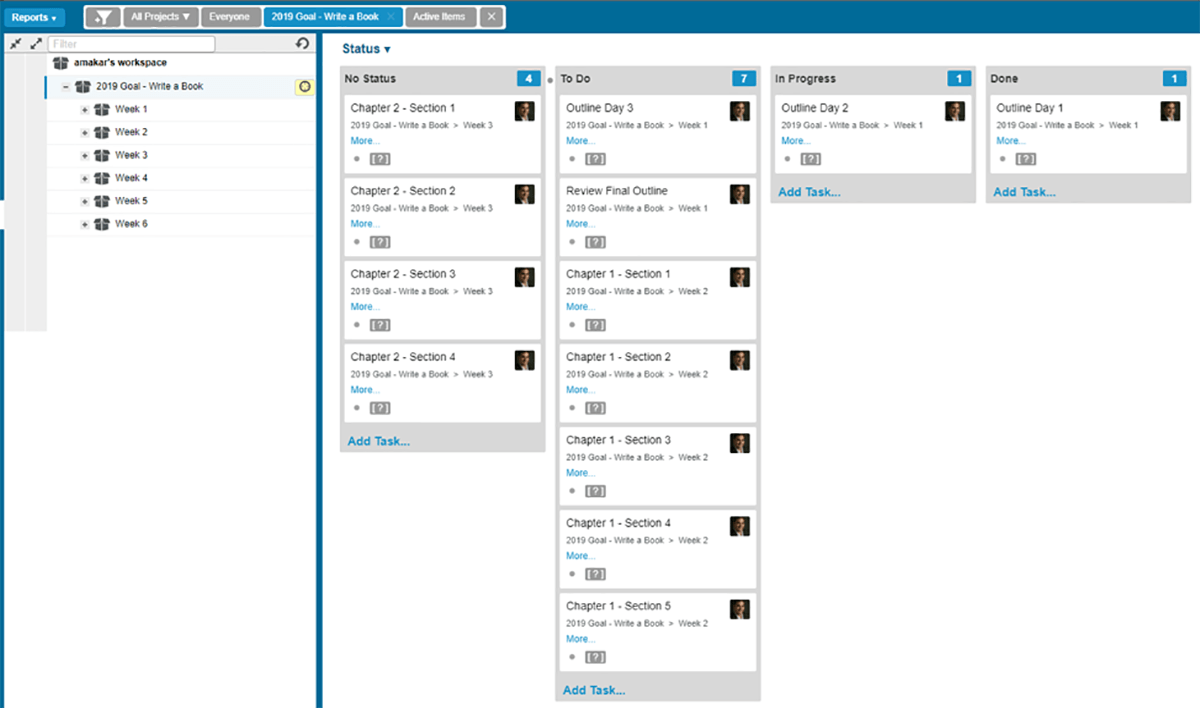Does anyone else struggle with setting and achieving New Year’s resolutions?
I’m sure you’ve experienced the futility of setting New Year’s resolutions only to continue the same pattern of human behavior from the previous year. Another year goes by and you wonder why you haven’t accomplished the goal you set the last time the ball dropped in Times Square.
New Year’s resolutions are useless without a plan. Even when I build a plan, it is too lofty to follow as work and life provide a stream of interruptions. This year instead of setting New Year’s resolutions and long-range goals, I’m establishing short-term goals with personal sprints!
Sprint Your Way to a Healthier You
Weight loss is a common goal for many people after gorging themselves on dinner with second helpings and holiday celebrations. The food fest starts with the Halloween candy injection and Thanksgiving turkey overload and then continues through the corporate holiday parties and New Year’s overindulgence. The birth of a New Year suddenly motivates all of us to get a little healthier, but without a plan, weight loss becomes a running joke with an unused gym membership.
Building and tracking a weight loss plan is a pain as it requires work and is daunting even when simple tasks are defined.
I used LiquidPlanner to model a simple 20-pound weight loss goal by setting up daily tasks over the course of 10 weeks.

Building a daily task list for 10 weeks creates a long list of activities. The plan includes all the reminders to shop for healthy groceries for the upcoming week, making a smoothie for breakfast, logging calories in a fitness app, and ensuring lunch and dinner have my caloric intake in mind.
Of course, the plan also includes a few days of exercise so I can dust off my gym membership card and actually use it. (I’m expecting Planet Fitness to throw a welcome celebration!)
The downside of this plan is it still looks overwhelming. Adopting a sprint model breaks down the overload and makes goal achievement easier.
Instead of focusing on the longer 10-week goal of dropping 20 pounds, I’m resetting the focus for a four-pound weight loss in two weeks. I set up the Card View using the Kanban board for just one week of activities. Each week has a backlog of activities, but I get even more granular by viewing the Card View one day a time.

This view is much easier to manage as the focus is just on the handful of tasks. I track each day’s progress by simply moving a task from To-Do to In-Progress to Done. Each day I have some small satisfaction in accomplishing small tasks that build up to the larger goal. By accomplishing a small set of daily tasks, I’m more motivated to tackle the next day.
This sprint model isn’t only for weight loss; it has a lot of real-world applications!
Writing a Book Is a Marathon of Sprints
If you ever wrote a graduate thesis, doctoral dissertation, or a large term paper, then you know writing isn’t an easy activity. Writing a book is even more difficult as translating the big idea in your brain to paper is a struggle with the big blank page.
Writers use outlines, sticky notes, and even mind maps to brainstorm book content. Delivering a 300-page, 75,000-word-count project by a specific deadline is a daunting challenge from Day 1. Breaking down the marathon writing cycle into smaller chunks and individual sprints will help deliver the writing project. Below, I’ve detailed several chapters of an upcoming book project into the Card view.

It still appears daunting with all the sections that need to be written over the next 5 months, and I only included a few chapters in this plan. Instead of worrying about the deadline months from now, I’m focusing on one-week sprints and setting up smaller accomplishable goals once a week.

Each week, I plan to write 300–500 words a day. By breaking down each chapter into major sections and subsections, I can focus on that specific subtopic. When that topic is completed, I can move it to the Done column.
Accomplishing New Year’s Resolutions Requires Continued Motivation
Accomplishing New Year’s resolutions and long-term goals require continual motivation. If you have a plan with a long timeline, you need to find ways to stay motivated and celebrate the small accomplishments. Setting up sprints to meet your goals is an excellent way to complete small tasks and stay motivated to the longer-term goal. Accomplishing the tasks in your weekly sprint plan will provide small amounts of success, which will further motivate us throughout the year.
Happy Sprinting!







